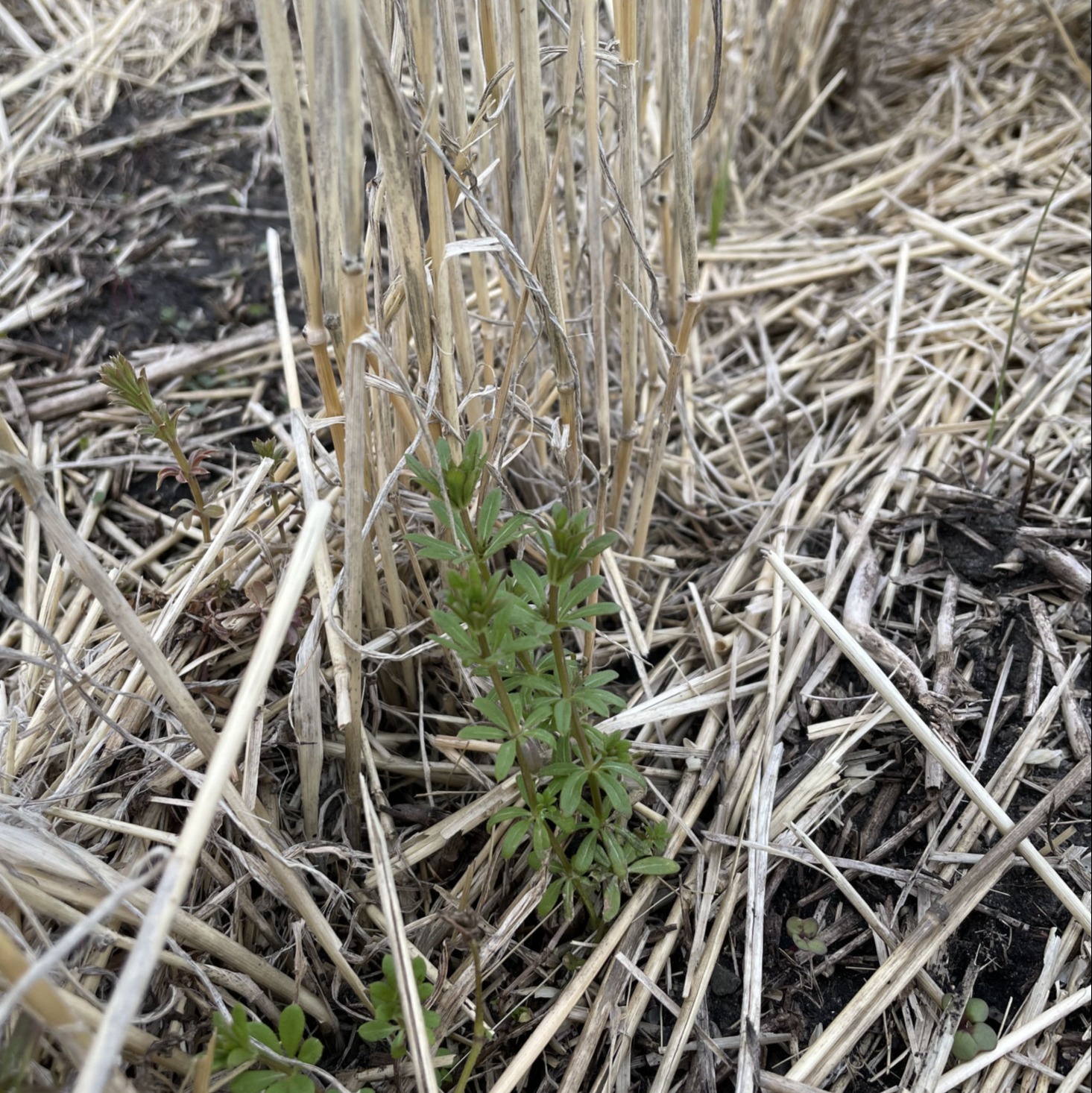Target Weeds – each product label lists which weeds are controlled, suppressed, and have extended control when applicable. There are products with large labels that control many weeds, and some products geared towards specific weed problems. For instance, if you’re looking to control foxtail barley before cereals, you could apply Olympus, Fierce or Focus.
Residual vs. Non-residual – we almost always recommend applying a residual product when possible. In some crops, like canola, there are very few residual products registered. These include Avadex, Fortress and Edge. In cereals, where there are both available, a non-residual product tends to be only recommended when the spray window of residual products is missed. Many residual products need to either be applied pre-seed or 3 days post-seeding, whereas non-residual products can usually be applied up to ground crack. The exception to this is Heat LQ and Voraxor brand products which are residual and can be applied up to ground crack.
Moisture Activation – many residual products need moisture to activate. For this reason, some products are geared more towards a fall application but can still be applied in spring. When applied in spring, they often need ¼" to ½" rain after application.
Herbicide Group – it is important to think about herbicide layering and rotating herbicide groups for resistance management. Herbicide layering is the practice of using multiple herbicides throughout different stages of the growing season with the goal of controlling tough to control weeds and preventing herbicide resistance[1]. For example…

